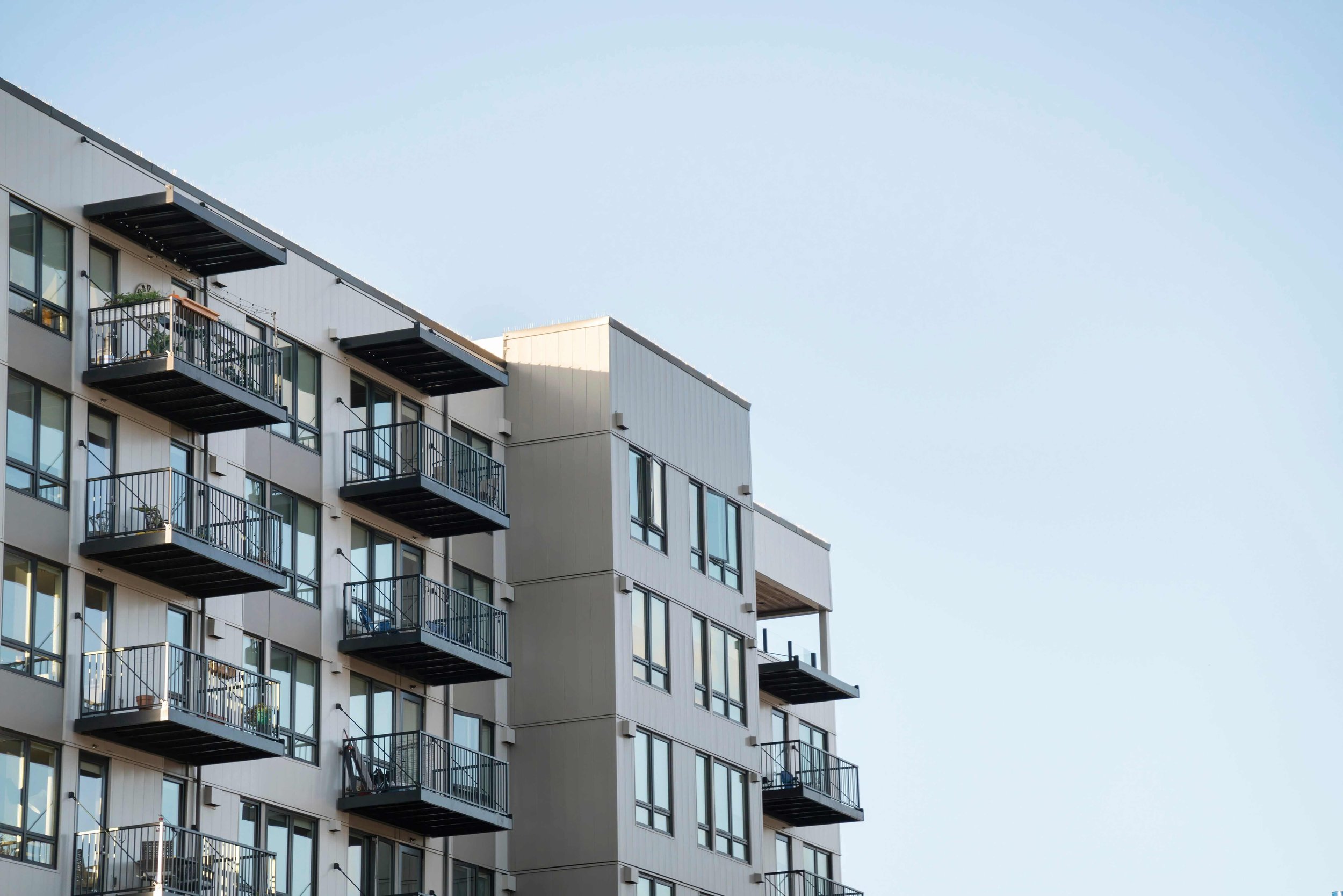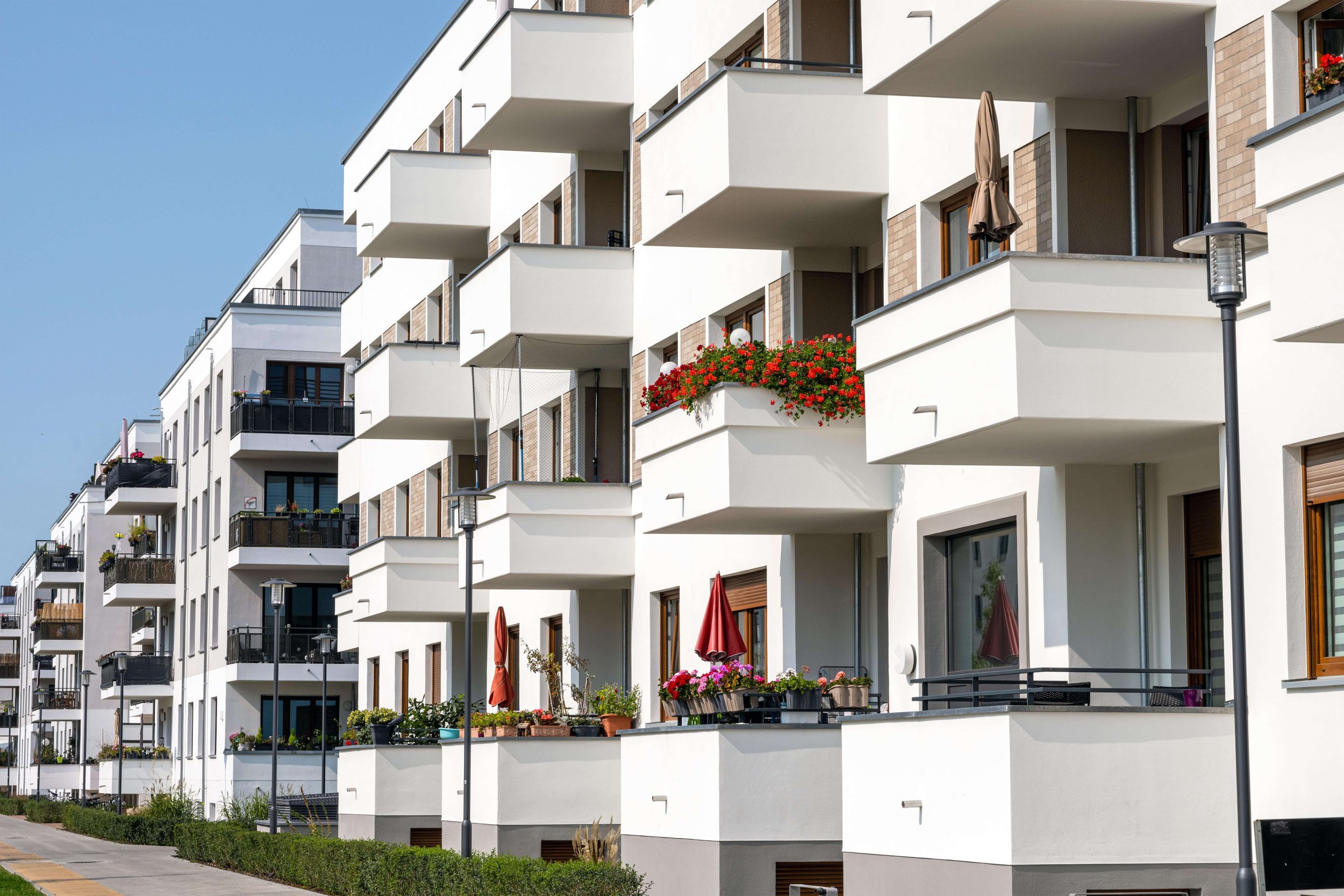Exterior Elevated Elements Inspection Program Requirements
An exterior elevated elements inspection program is a comprehensive examination of the structural integrity and safety of elevated exterior elements of a structure. The exterior elevated elements of a building are an integral part of its structure and must be regularly inspected for safety and stability.
This program is designed to prevent accidents and injuries caused by the deterioration of these elements over time due to weathering, exposure to moisture, and general wear and tear.
The inspection program includes a thorough review of the elements' condition, identification of any deficiencies or damages, and recommendations for repair or replacement to ensure the safety of the occupants and visitors of the building.
The exterior elevated elements inspection program is an essential part of the building maintenance program, and it is critical for building owners and managers to implement it regularly to ensure the safety of their occupants.
What Are Exterior Elevated Elements?
Exterior elevated elements refer to the structural components of a building that are elevated above the ground level and are exposed to the elements. These elements can include:
Balconies: A platform that protrudes from the exterior of a building and is supported by brackets, cantilevers, or columns. Balconies are typically used for outdoor living space or as a decorative feature.
Decks: A flat platform made of wood or composite materials that is attached to the exterior of a building and is used for outdoor living space or recreational purposes.
Walkways: A pathway that is elevated and is used to connect different areas of a building or to provide access to outdoor spaces.
Stairways: A set of steps that connects different levels of a building or provides access to an elevated area.
Handrails: A railing attached to a support structure that provides stability and support for people ascending or descending stairs or walking along a walkway.
Guardrails: A barrier that prevents people from falling from an elevated platform or walkway, typically composed of a railing and posts.
These elements are often exposed to the weather and can be subject to moisture, temperature fluctuations, and other environmental factors that can cause deterioration and damage over time.
As a result, it is essential to inspect and maintain these elements regularly to ensure their structural integrity and safety.
Why Do I Need Exterior Elevated Elements Inspected?
Regular inspection of exterior elevated elements is essential for a number of reasons. The first being safety; identifying and addressing any potential risks or hazards before they become an issue is key to preventing serious accidents.
Furthermore, regular inspection can help detect structural damage or deterioration that could lead to costly repairs or replacements in the future. Additionally, inspections can provide insight into any necessary maintenance or repairs that may be needed in order to maintain the structural integrity of the element.
Finally, regular inspections are necessary for staying compliant with local building codes and regulations. Overall, inspecting exterior elevated elements on a regular basis is essential for ensuring their safety and future performance.
Inspection and Maintenance Requirements for Exterior Elevated Elements
When conducting an inspection of elevated exterior elements such as balconies and decks, it is essential to assess the following maintenance requirements to ensure their safety and longevity.
Visual assessment of structural load-bearing components (beams, columns, connections) for signs of rust, corrosion, cracks, or decay
Check the condition of waterproofing and drainage systems to prevent moisture intrusion
Look for damage to surface finishes and coatings (e.g. chipping, peeling paint) and recommend repairs or repainting
Verify that railings, guardrails, or other safety features are securely attached and in good condition
Verify that the elevated structure meets all local building codes and regulations, including load capacity requirements.
By adhering to these inspection requirements, the inspector can ensure that the elevated structure is safe for use and compliant with all applicable regulations.
Common Issues With Exterior Elevated Elements
Common issues that arise with elevated elements include moisture intrusion, which can lead to rot and mold growth, as well as corrosion and decay of structural components. Improper installation or poor design can also lead to issues such as sagging or unstable structures, or insufficient support.
Additionally, exposure to UV radiation and weather conditions can cause surface finishes and coatings to degrade or peel, compromising the aesthetics and protection of the element.
Finally, regular wear and tear, such as foot traffic, can cause deterioration or damage to the element's surface, particularly if the surface is made of wood or other soft materials.
Exterior elevated elements are constantly exposed to the elements and can be subject to a range of issues over time. By addressing these issues promptly and performing regular maintenance and inspections, property owners can help ensure the safety and longevity of their elevated elements.
Safety Considerations for Exterior Elevated Elements
Safety considerations for exterior elevated elements are critical for ensuring the structural stability of buildings and protecting occupants from potential risks.
When planning any repair or alteration to an exterior elevated element, a structural engineer should be consulted to assess the existing condition of the element and determine what safety measures should be taken. This includes evaluating the material used in construction, its age and grade, as well as considering seismic activity and wind load that may affect the element.
Additionally, special attention should be paid to any areas that experience extreme weather conditions such as hurricanes, tornadoes, hail storms, and flooding.
By taking into account all these factors before undertaking any repairs or alterations to exterior elevated elements, property owners can help ensure that their building remains safe and secure for years to come.
Code Enforcement Agencies for Exterior Elevated Elements
Code enforcement agencies are responsible for ensuring that all exterior elevated elements and walking surfaces in a given area meet local and state safety standards. These agencies review existing structures, inspect new constructions, and conduct random spot checks to ensure compliance with building codes, zoning laws, and other regulations. They also investigate complaints of potential violations of the code relating to exterior elevated elements.
The goal of code enforcement is to ensure public safety by enforcing regulations that protect the health, safety, and welfare of the community. Code enforcement officers are highly trained and work closely with engineers, architects, builders, developers, and other professionals to help ensure that the highest quality standards are met when it comes to exterior elevated elements.
To achieve this goal, they work closely with engineers, architects, builders, developers, and other professionals to help ensure that the highest quality standards are met when it comes to exterior elevated elements. By doing so they help protect people from potential hazards caused by poorly constructed or maintained structures.
How The Sterling Watson Collective Can Help
At The Sterling Watson Collective, we are a full-service engineering and consulting firm that offers a range of services to help our clients achieve their goals. From civil engineering and structural design to construction management and environmental consulting, we are dedicated to delivering comprehensive solutions that meet the unique needs of each client.
One area in which we excel is through our exterior elevated elements inspection program. By leveraging our expertise in structural engineering and building design, we are able to develop customized inspection programs that address the unique needs of each building or structure.
With a focus on safety and compliance, our exterior elevated elements inspection program helps clients ensure that their elevated elements are functioning properly and are free from defects or damage that could compromise the safety of occupants or the general public.
Need Your Exterior Elevated Elements Inspected?
Ultimately, it is crucial to have your elevated exterior elements inspected regularly to ensure the safety and structural integrity of your building. Neglecting to do so can lead to serious consequences such as property damage, personal injury, and even loss of life. Therefore, it is highly recommended that you contact a professional team such as The Sterling Watson Collective to perform a thorough inspection of your elevated exterior elements.
Here at The Sterling Watson Collective, we offer a comprehensive exterior elevated elements inspection program to ensure that these elements remain in a safe condition. Our professionals utilize the latest tools and techniques to accurately assess the condition of your exterior elevated elements, identify any potential defects or hazards, and provide a detailed report outlining our findings. With our commitment to quality, attention to detail, and ongoing maintenance services, you can rest assured knowing that your structures will remain safe for use.
Don't wait—contact us today to get started on inspecting your exterior elevated elements!
FAQs
-
California Civil Code section 5551 is a state law that requires homeowners associations (HOAs) to maintain certain common interest developments (CIDs) that have balconies, decks, or elevated walkways. Specifically, the law requires HOAs to inspect such structures at least once every three years, and to repair or replace any conditions that pose a potential hazard to residents or visitors.
The law also requires HOAs to distribute a summary of the inspection findings and any corrective actions to all residents of the CID within 15 days of completing the inspection. This summary must be accompanied by a notice advising residents of their right to request a copy of the full inspection report.
-
SB721 and SB326 are two different California state laws that relate to the safety and maintenance of balconies and other elevated structures in residential buildings.
SB721, also known as the "Balcony Bill," was signed into law in 2018 in response to a tragic balcony collapse in Berkeley that killed six people. The law requires that balconies and other elevated structures in multifamily residential buildings be inspected at least once every six years by a licensed professional engineer or architect, and that any necessary repairs be made to prevent future collapses.
SB326, also known as the "Deck Bill," was signed into law in 2019 and requires HOAs to inspect elevated structures, including balconies and decks, in common interest developments that are more than three stories tall or have more than 12 units. The inspections must be conducted at least once every nine years, and any necessary repairs must be made to ensure the safety of residents and visitors.
While both laws aim to improve the safety and maintenance of balconies and other elevated structures in residential buildings, SB721 applies specifically to multifamily residential buildings, while SB326 applies to all common interest developments.
-
The responsibility for balcony maintenance can vary depending on the specific circumstances and the governing documents of the property. Generally, in a condominium or homeowner association, the responsibility for maintaining the common areas, which can include balconies, falls on the association. The association's board of directors is responsible for ensuring that the common areas are kept in good condition and that any necessary repairs or maintenance are performed.
Individual unit owners may also have some responsibility for balcony maintenance if the balcony is part of their unit and not a common area. In such cases, the unit owner may be responsible for maintaining and repairing their balcony. However, it's important to review the governing documents of the property to determine the exact responsibilities of the association and the unit owners.
-
The lifespan of a balcony can vary depending on several factors, such as the type of material used, the frequency of use, and the weather conditions in the area. While there is no set time frame for when a balcony needs to be replaced, it is generally recommended that balconies be inspected and maintained regularly to ensure they remain safe and functional.
California state law requires HOAs to inspect balconies, decks, and other elevated structures at least once every three years for potential hazards and make any necessary repairs. If the balcony or deck is part of a multifamily residential building, it must be inspected at least once every six years by a licensed professional engineer or architect to prevent future collapses.




